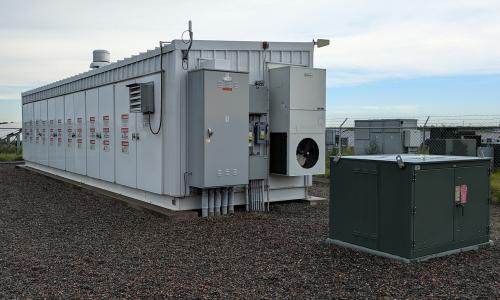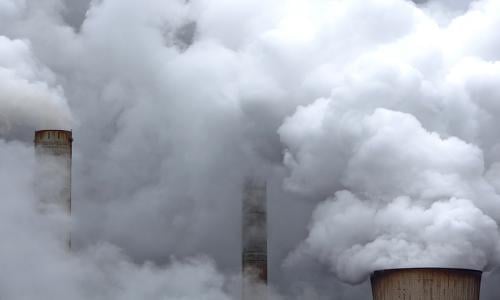Understanding watts, megawatts, kilowatt-hours, and more.
Watt-hours are a measurement of energy, describing the total amount of electricity used over time. Watt-hours are a combination of how fast the electricity is used (watts) and the length of time it is used (hours). For example, a 15-watt light bulb, which draws 15 watts at any one moment, uses 15 watt-hours of electricity in the course of one hour.
Kilowatts and kilowatt-hours are useful for measuring amounts of electricity used by large appliances and by households. Kilowatt-hours are what show up on your electricity bill, describing how much electricity you have used. One kilowatt (kW) equals 1,000 watts, and one kilowatt-hour (kWh) is one hour of using electricity at a rate of 1,000 watts. New, energy-efficient refrigerators use about 300-400 kilowatt-hours per year. The typical US home uses about 7,200 kilowatt-hours of electricity each year [1].
Megawatts are used to measure the output of a power plant or the amount of electricity required by an entire city. One megawatt (MW) = 1,000 kilowatts = 1,000,000 watts. For example, a typical coal plant is about 600 MW in size.
Gigawatts measure the capacity of large power plants or of many plants. One gigawatt (GW) = 1,000 megawatts = 1 billion watts. In 2012, the total capacity of U.S. electricity generating plants was approximately 1,100 GW [2].
Notes and References
[1] Assumes a typical U.S. household uses non-electric heating.
[2] SNL Financial. Historic & Future Power Plant Capacity.



